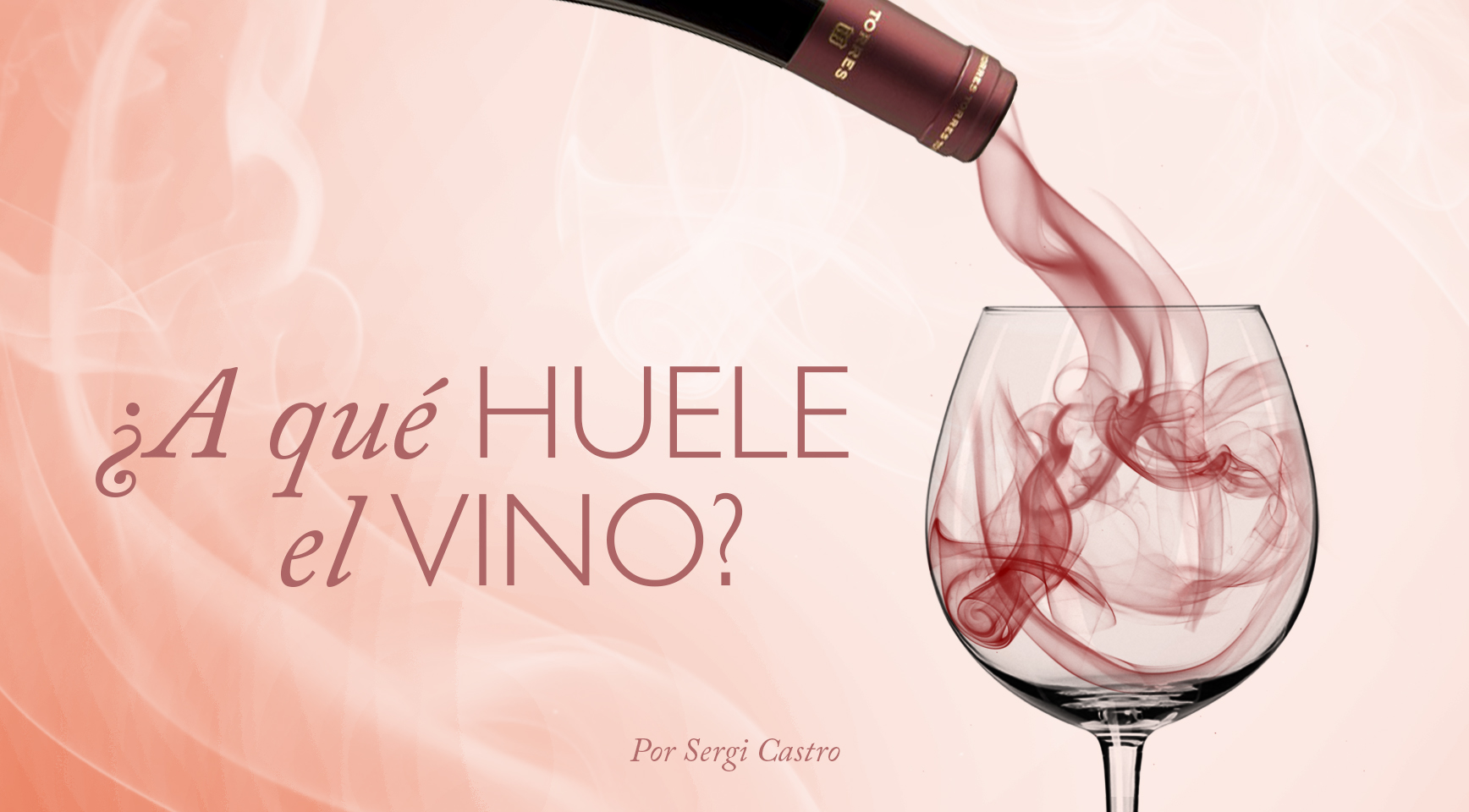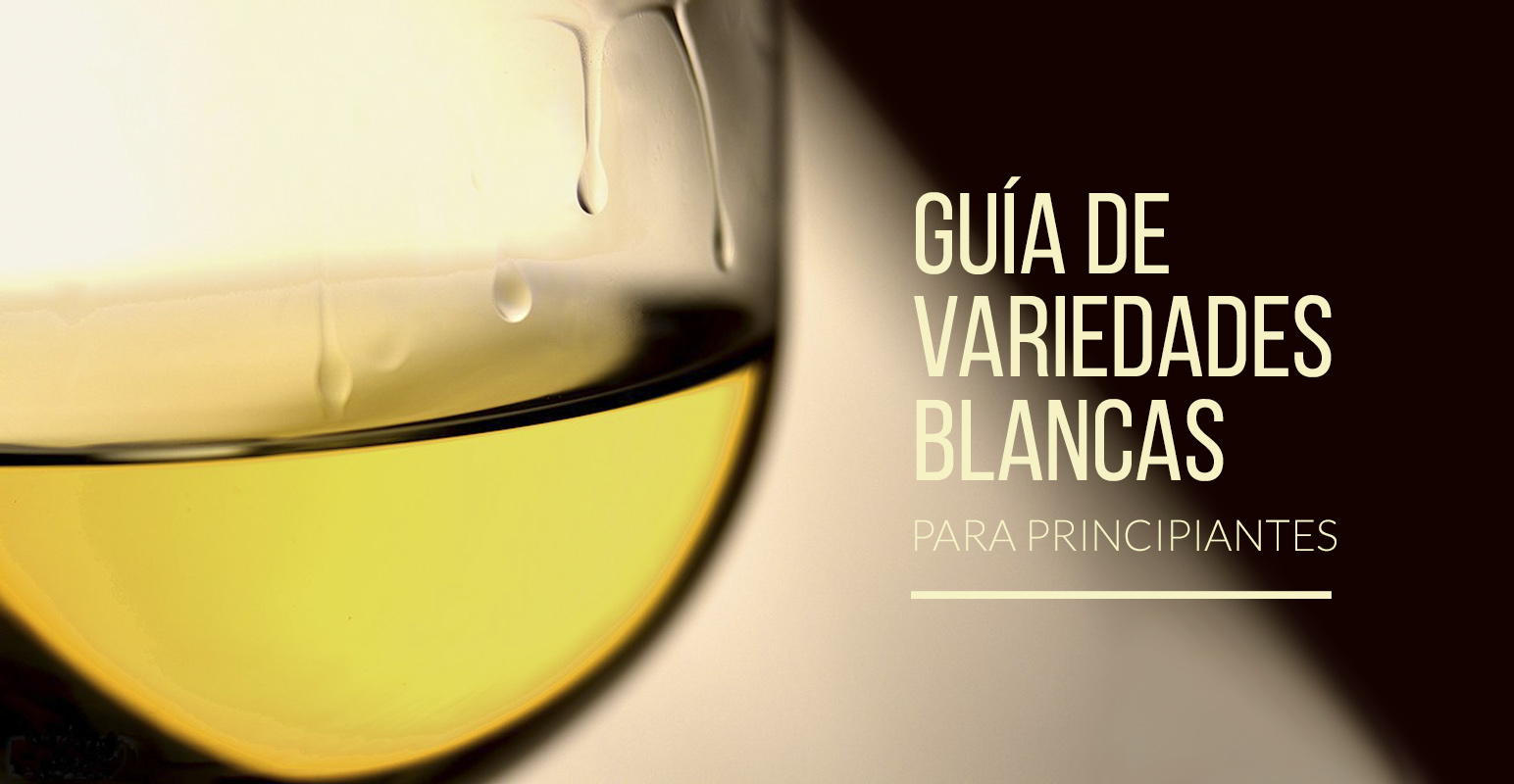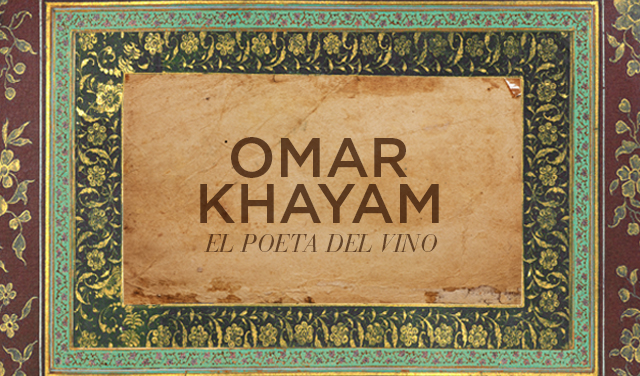A Garden in Your Glass

“Only those who drink know how to appreciate the language of wine and roses”
Omar Khayyam
By way of chromatic analogy, it makes sense that white wines evoke flowers of lighter hues, whereas reds recall darker ones, such as violets. As early as the Middle Ages, this particular flower was used to lessen the feeling of drunkenness. In perfumery, its potency and seductive qualities make it incredibly popular to this day.
Young reds made from Merlot, Tempranillo or Syrah may also offer these violet notes, framed by luscious hints of red fruit... Then there's acacia, hawthorn, jasmine, pine and thyme...a whole garden can fit into a glass!
A word on bouquet
The first hints of spring we perceive in our glass are usually due to the bouquet of varietal notes. The word is originally French and refers to an attractively arranged “bunch of flowers.” In tasting terms, however, the bouquet refers to the tertiary aromas that develop during aging. The resulting aromatic complexity strikes a perfect balance with the primary aromas (varietal, fruit) and secondary or “winemaking” aromas acquired during fermentation. In short: a beautiful arrangement of aromatic expression. So remember, only aged or mature wines have a bouquet!
The floral or vegetative characteristics of the most terpenic varieties (intensely aromatic) are more readily perceived when not masked by oak-imparted notes. These include Riesling (have you tried Waltraud yet?), Sauvignon Blanc (Fransola) and Verdejo (Verdeo).
Try this: hold your nose while you taste the wine. You won't notice its flavor until you uncover your nose. Now you will understand how incredibly important your sense of smell is to wine tasting. It isn't that the wine tastes like flowers, but that its retronasal aromas reappear as aromas in the mouth.
We can give a rose, the undisputed queen of the floral kingdom, as a liquid gift in the form of Muscat or Gewürztraminer wines. Watch out for notes of geranium, however—these can denote problems in the winemaking process.
And let’s not forget aromatic plants, which constitute a significant olfactory component in some of the world's greatest wines. Very deep, mysterious notes of mint, ferns, eucalyptus and damp earth are the hallmark of truly refined wines with great personality.
Spicy hints of oregano, fresh herbs or damp woodland undergrowth give us the sensation of being in nature without leaving our house.
Vines begin budding in March when their worst enemy is a bout of late springtime frost.
The leaves grow larger until the vines begin to bloom in May. These are the best months for vineyard walks. May flowers give way to fruit and by August the leaves begin to lose their chlorophyll green, gradually taking on the fall colors that reflect their varietal nature.
The vine only flowers fleetingly, announcing a shift in seasons. This is the defining landscape of the Mediterranean, which has stood for peace and fertility since the days of Ancient Greece. The vine is reborn much like the gods that we have associated with it since time immemorial: Osiris in Egypt, Dionysius in Greece and Bacchus in Rome.
Meritxell Falgueras



